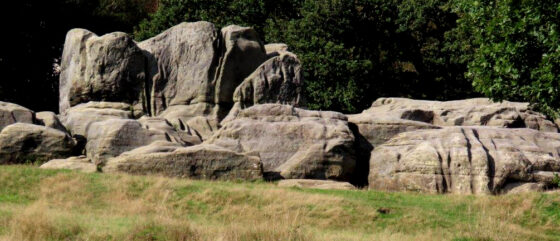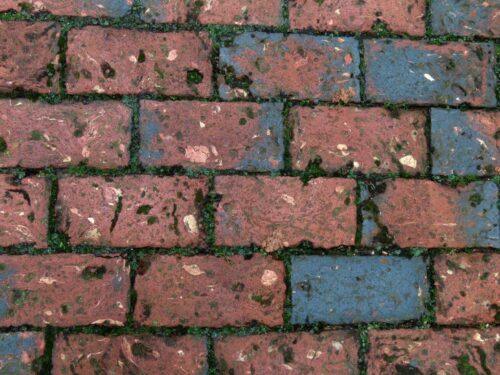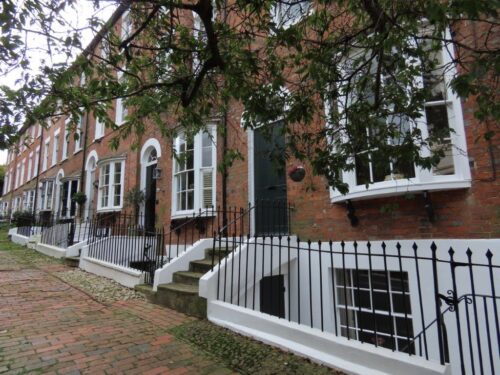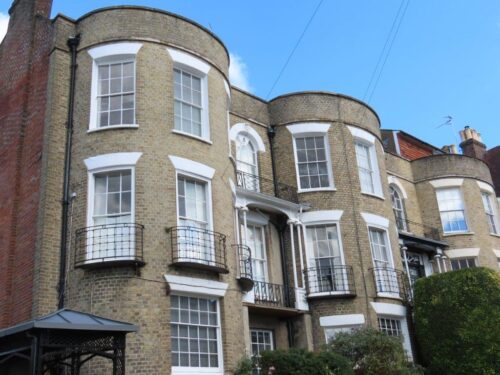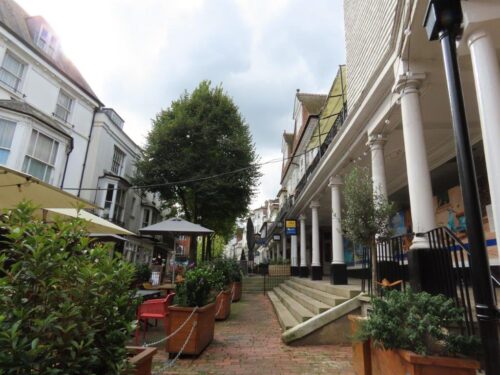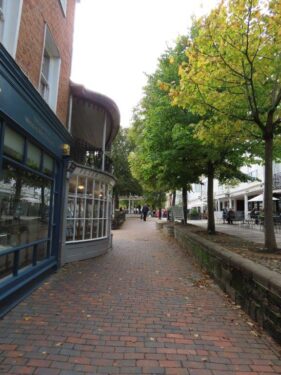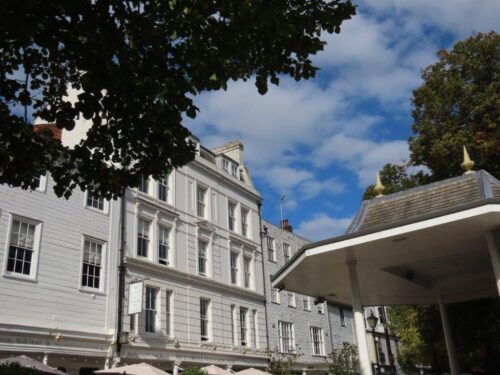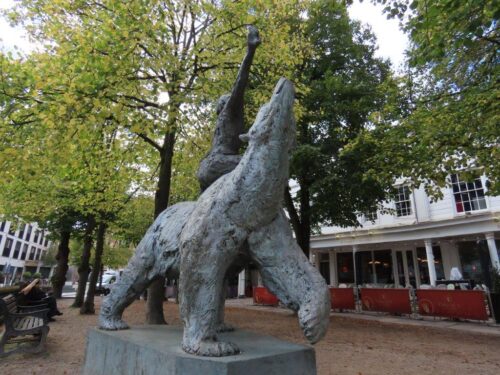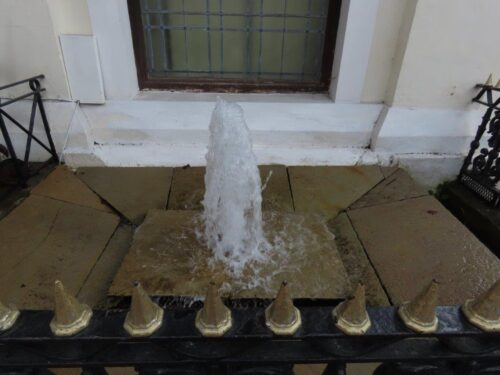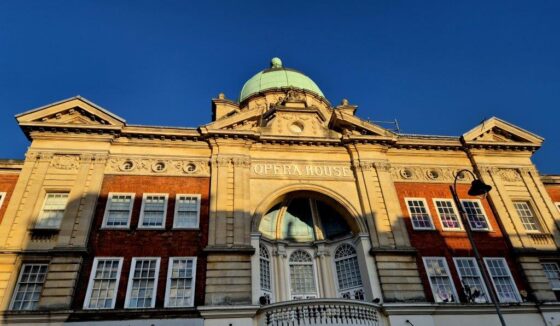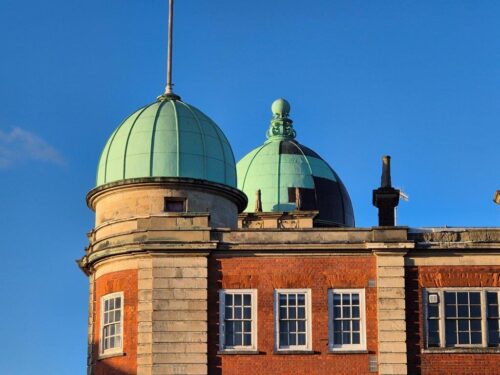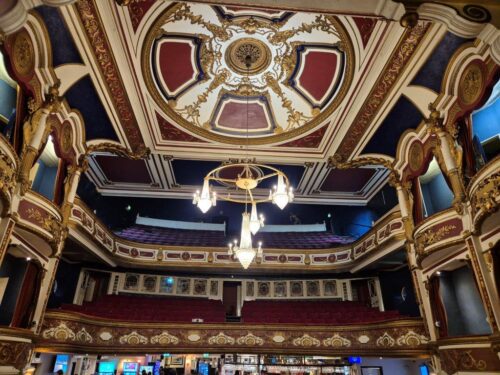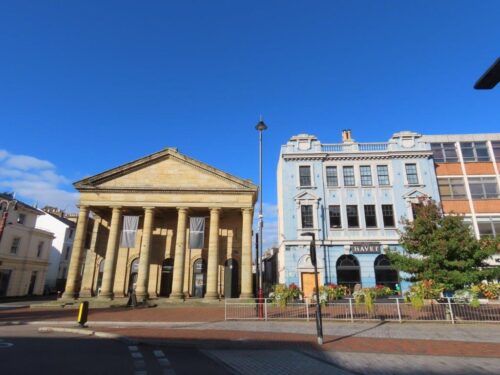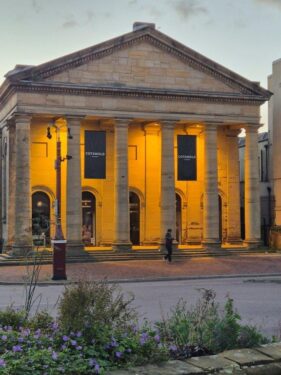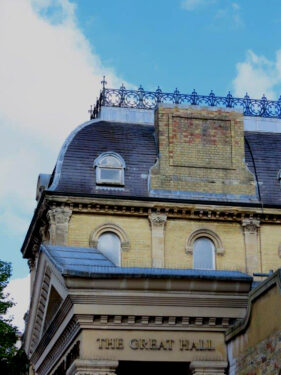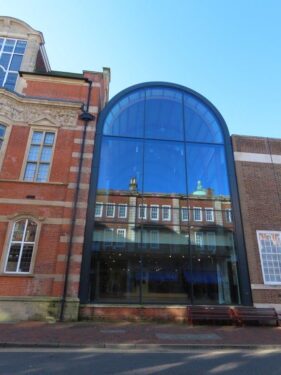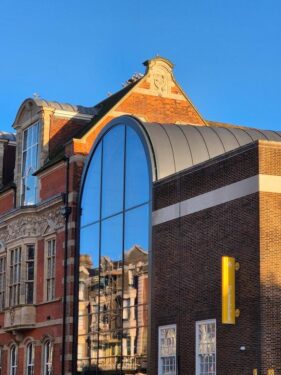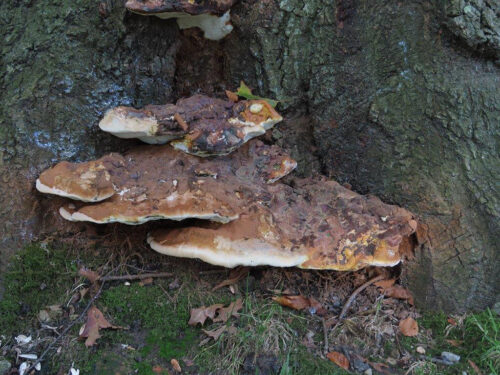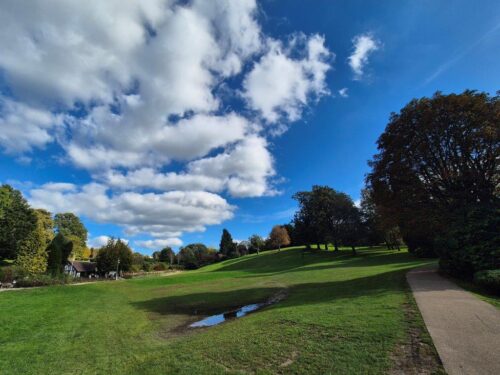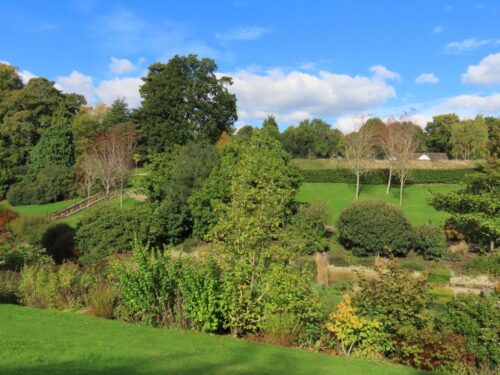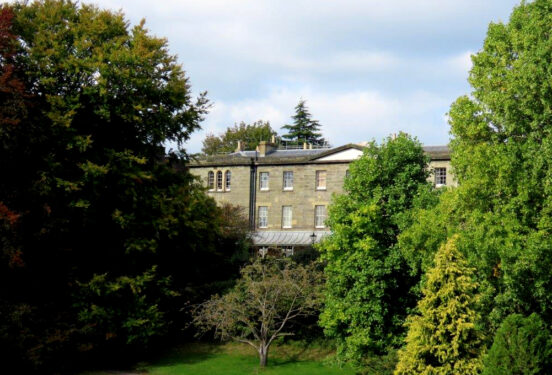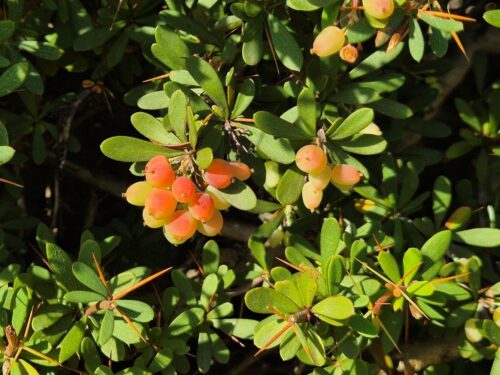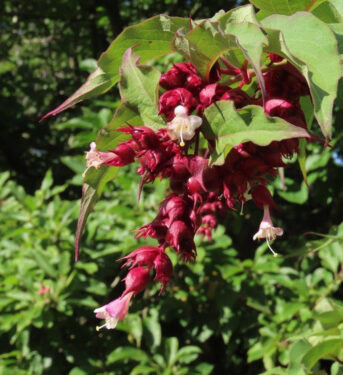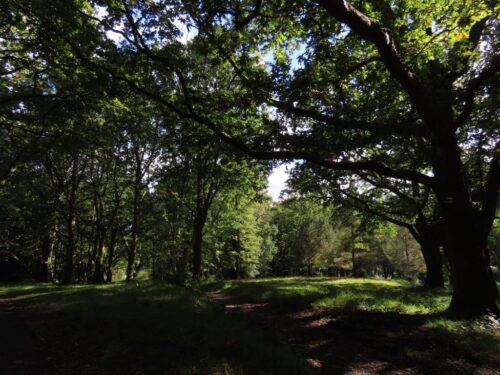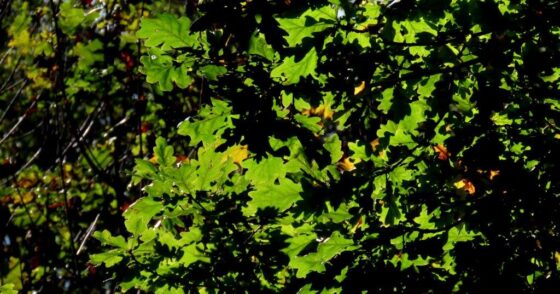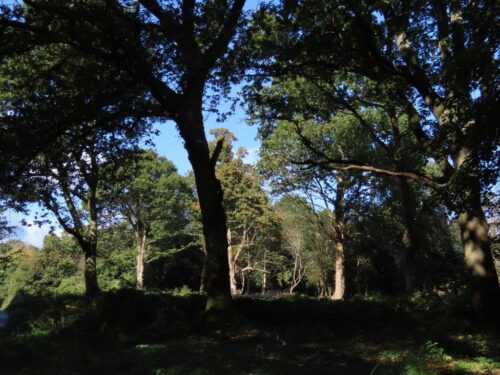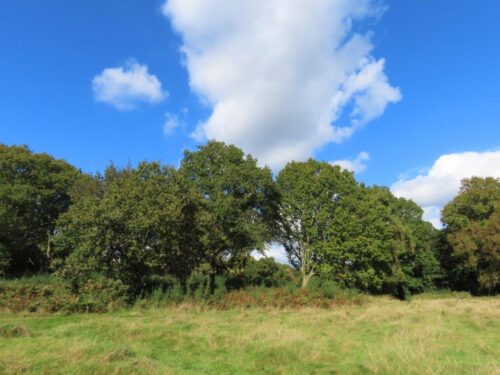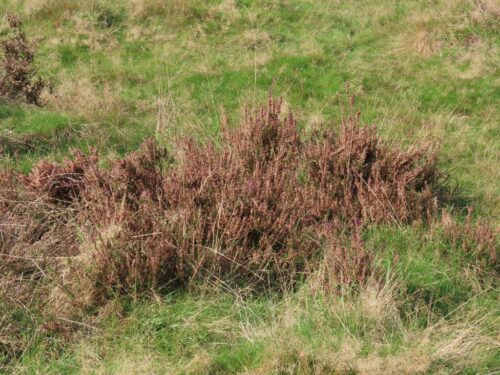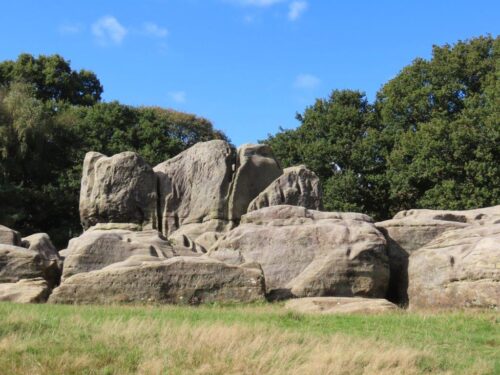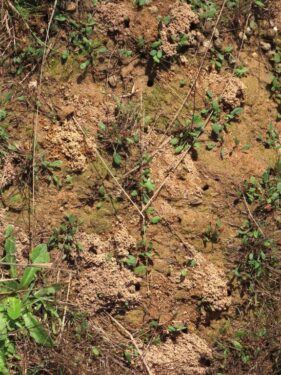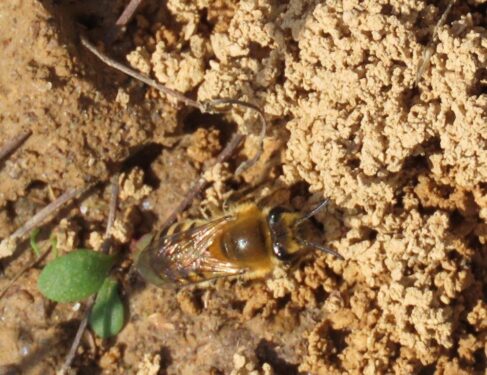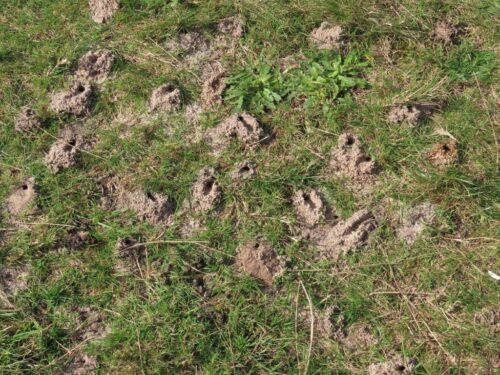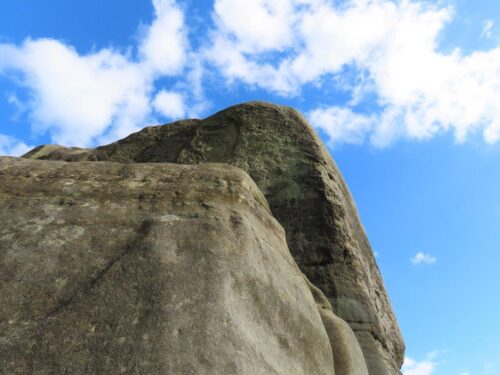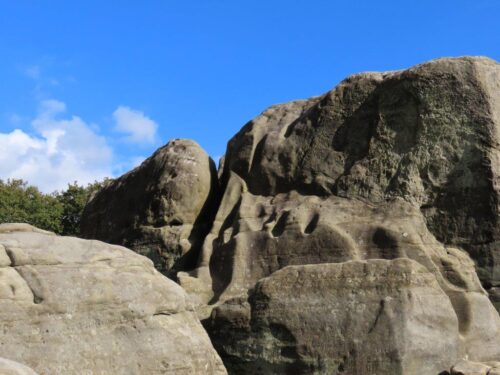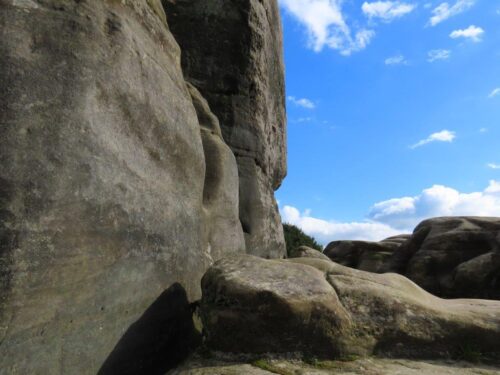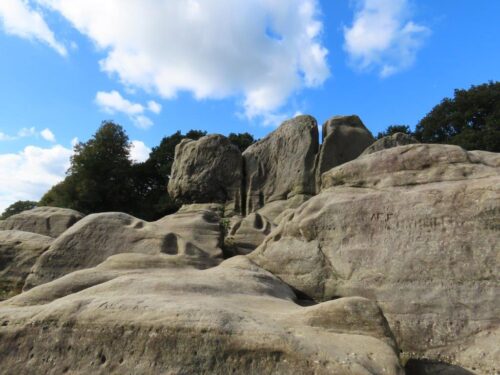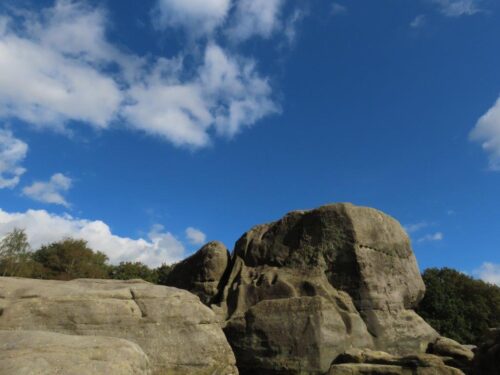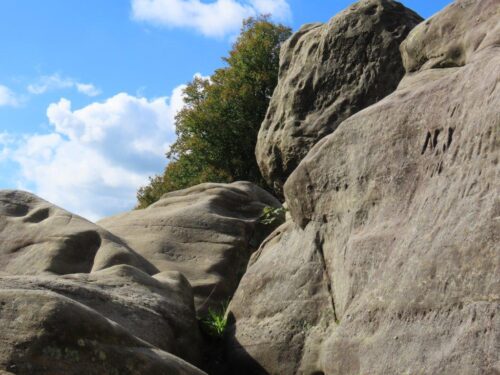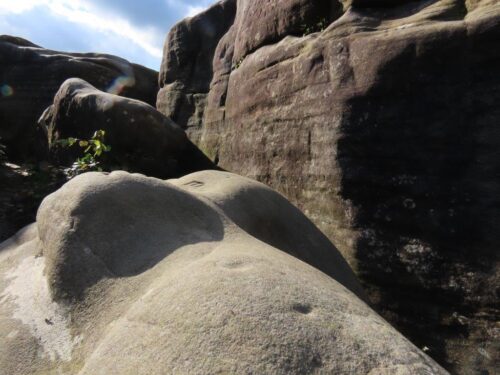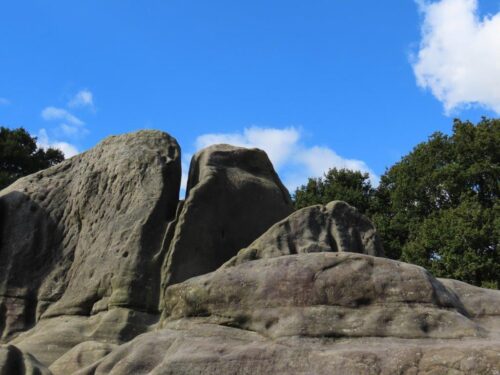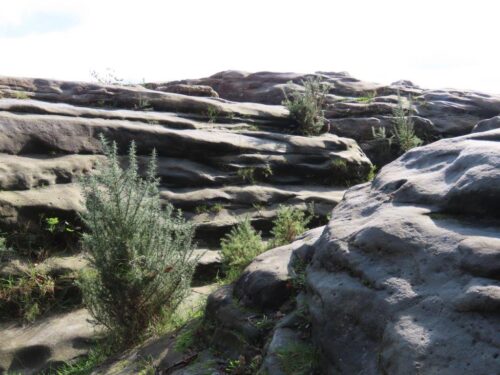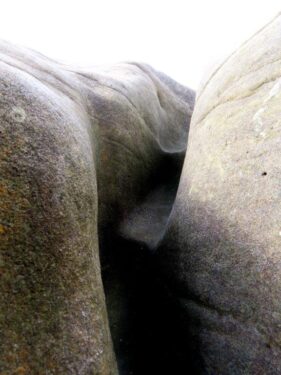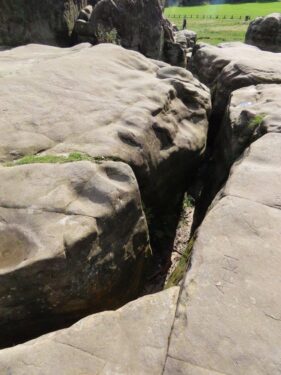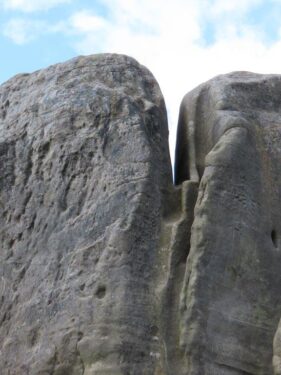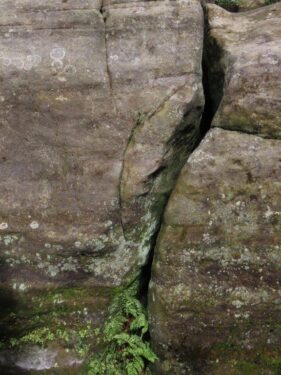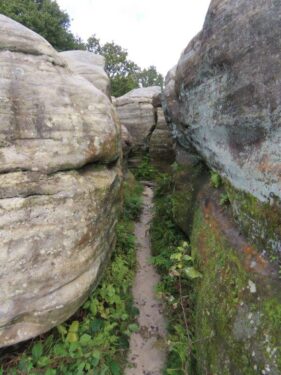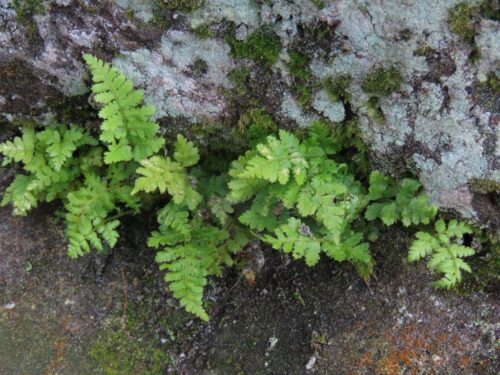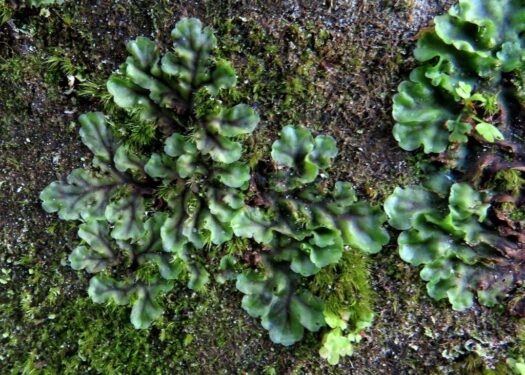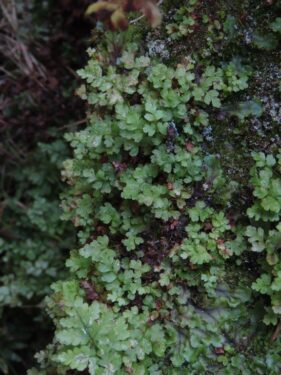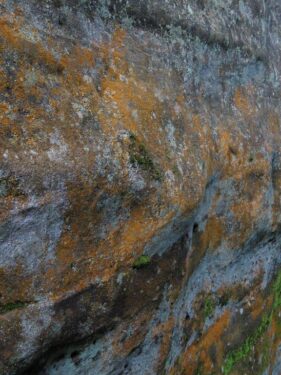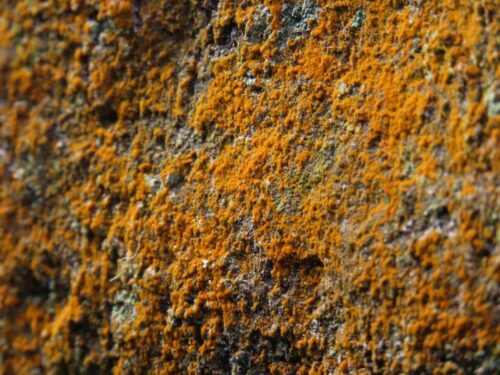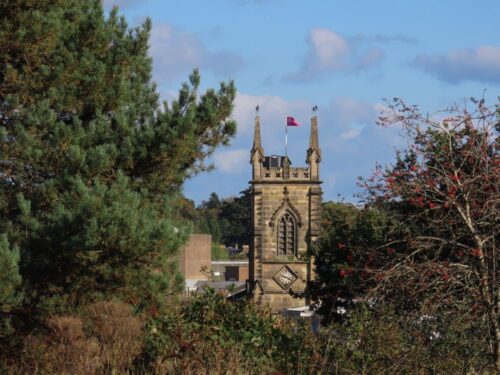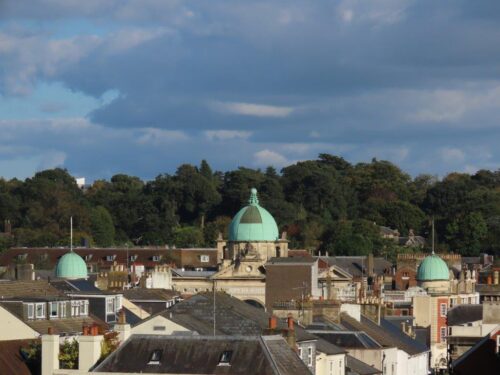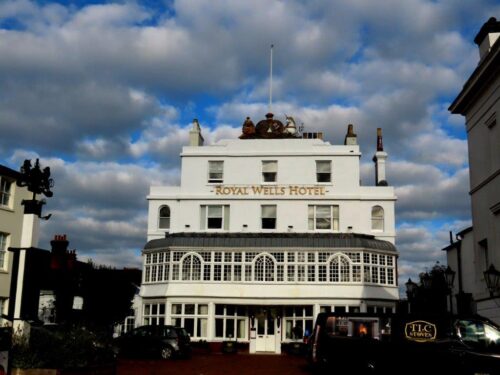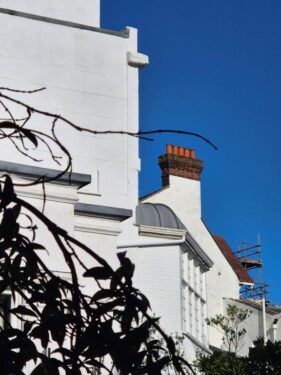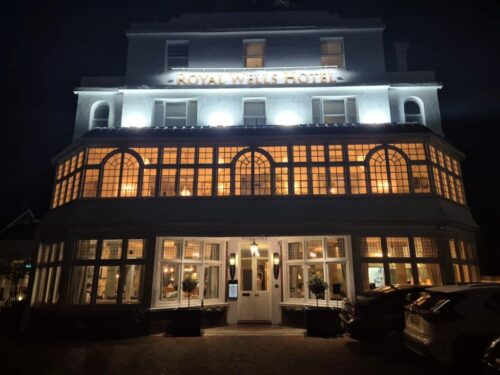It may have been the height of autumn, but the weather for our October short break in Kent and Sussex had other ideas: for three of the four days, blue skies, light winds and warm sunshine kept the memory of summer very much alive. We started at Tunbridge Wells, Royal Tunbridge Wells no less, with appropriately Regency architectural styling all held together by the distinctive and appealing red brick and tiled pavements…
From residential terraces to the historical heart at the Pantiles, the concentration of impressive buildings was remarkable, centred on the original chalybeate (iron-rich) mineral well-spring. Full of shops selling high-end coffees and diamonds, it was admirably traffic-free, at least to the eyes. But to the ears – an ever-present rumble, rising to a crescendo every so often as if to prevent one from becoming habituated.
In the other half of the town, nearer to the railway station, there were again some remarkable buildings, many repurposed for commercial use, such as the Opera House (now a Wetherspoons), others in civic use, like the museum – all you ever wanted to know about Subbuteo, the football game, which originated here. And real shops selling real things, not just aspirations and fripperies…
In any town, open spaces are of course a refuge, and those we visited all gave us that, from the bustle and the traffic. In The Grove the parkland trees held lots of birds including roving multi-species tit flocks, plus several Chiffchaffs, and one of the trees had a fine, if worrying, sprouting of Ganoderma fungal brackets.
Calverley Grounds was much larger, with more formal gardens, but plenty of space to breathe…
But it was Tunbridge Wells Common that impressed us the most. Running uphill from the edge of the busiest road, the value of trees in suppressing sound and enhancing the air was immediate. Robins were singing. Nuthatches and woodpeckers calling in the still air, as Speckled Woods made most of the sun-flecks.
Trees and scrub gave way higher up to grass and heath, even a little bit of Heather, and then Wellington Rocks, an outcrop of the local sandstone worn by eons of water and wind, (and centuries of childrens’ exploration) into white sand, the home of ground-nesting Bee-wolves and Ivy (or perhaps Heather) Bees.
The rocks have such a pleasing profile they kept us happy with our cameras for most of the afternoon, the sun moving round and shadows progressively revealing more and more detail in the faces of the rocks.
Cracks and crevices, sometimes enlarged into chasms provided shelter for plant life…
… the north-facing walls with ferns and liverworts, the southerly with lichens and orange Trentepohlia algae.
And then right at the top of the Common was our splendid, and well-priced hotel, the Royal Wells, complete with views over the town. After an indifferent start, the town for us was saved by this hotel and the Common, such that we will actively seek to return to continue our explorations of the Wealden landscapes.
For other blogs in this series see
An autumn break in Kent and Sussex: part 2 – Eridge Rocks | Chris Gibson Wildlife
